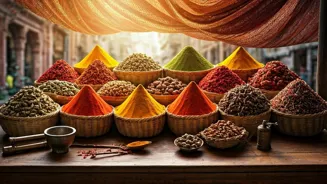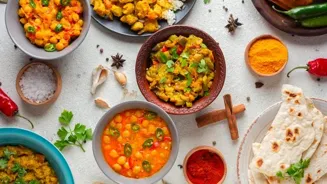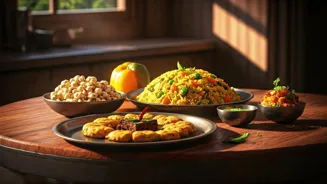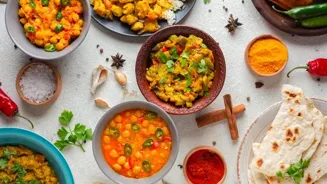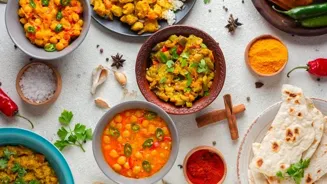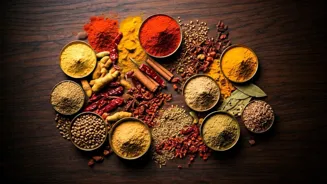Discover the diverse world of Indian cooking oils! From ghee to coconut oil, each offers unique flavors and health benefits. Explore their culinary uses and enrich your cooking experience. Unlock the secrets
of these popular oils in Indian cuisine
India, a land famed for its diverse culture and traditions, also boasts a rich culinary heritage. At the heart of Indian cooking lies a variety of cooking oils, each lending its unique flavour and health benefits to the dishes.
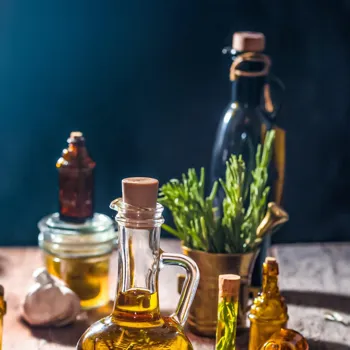
From the mustard fields of the North to the coconut groves of the South, India offers a wide spectrum of oils, catering to every palate and culinary need. Lets explore some of the most popular Indian cooking oils and their uses, providing a roadmap to elevate your cooking and nourish your body.
We will delve into their distinct characteristics, health benefits, and best culinary applications.
Ghee: revered in Indian culture for cooking and Ayurveda
Ghee, often regarded as liquid gold in Indian households, holds a revered position in both cooking and Ayurvedic medicine. Derived from butter, ghee is clarified by simmering it to remove milk solids, leaving behind a pure, nutty-flavored fat.
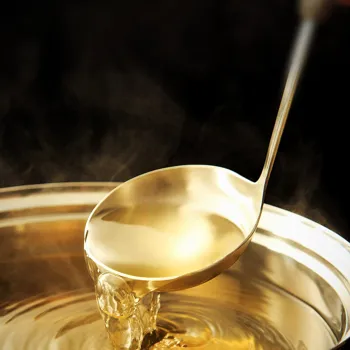
This process enhances its flavor and extends its shelf life. Its use is deeply embedded in Indian culture, from religious ceremonies to everyday cooking. Ghee's high smoke point makes it ideal for high-heat cooking methods like deep-frying and sautéing.
However, it truly shines when used as a finishing touch, drizzled over dal, rice, or roti, adding a rich, aromatic layer of flavour. Beyond its culinary appeal, ghee is considered beneficial for digestion and is believed to possess healing properties in Ayurveda. Therefore, ghee is used in many indian households for cooking purposes
Mustard oil: staple in Indian cuisine, unique flavor, cooking tips, used for massaging for warmth
Mustard oil, with its pungent aroma and distinctive flavour, is a staple in North and East Indian cuisine. Extracted from mustard seeds, this oil boasts a unique blend of monounsaturated and polyunsaturated fatty acids, along with antioxidants and essential vitamins.
The strong, almost peppery flavour of mustard oil adds a zing to dishes, making it a popular choice for pickles, marinades, and stir-fries. When heating mustard oil, its critical to bring it to its smoking point. This is done to remove any pungent smell it may contain.
Also, it ensures that the food is cooked perfectly with mustard oil. As mentioned, it’s especially favored in Bengali and Assamese cuisine, where it’s used generously in fish curries and vegetable preparations.
In addition to being used for eating it is also used for massaging during winter times to provide body warmth. This has been followed as a tradition to help fight the cold.
Groundnut oil: versatile cooking oil in India with culinary & health benefits
Groundnut oil, also known as peanut oil, is a versatile cooking oil widely used across India. It is extracted from peanuts and has a mild, nutty flavour. It has a high smoke point, making it suitable for deep-frying, sautéing, and stir-frying.
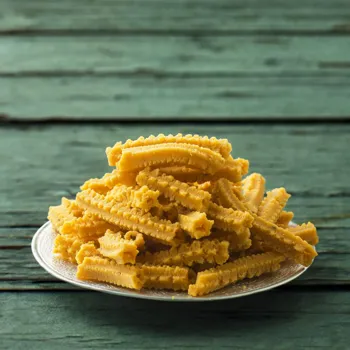
Its neutral flavour also makes it a good choice for baking. Groundnut oil is a common ingredient in many Indian snacks and sweets. This includes jalebis, samosas and other fried delicacies. It is also used in many everyday vegetarian preparations.
In addition to its culinary uses, groundnut oil is also used for massaging. This is mainly done to help people who have joint pains. Being rich in Vitamin E & having anti-inflammatory characteristics, groundnut oil also supports bone and mind health.
Coconut oil: versatile for cooking and beauty, rich in MCTs
Coconut oil, primarily used in South Indian and coastal cuisine, is extracted from the meat of coconuts. There are two main types of coconut oil: refined and virgin. Refined coconut oil has a neutral flavour and aroma, while virgin coconut oil retains a distinct coconutty taste and fragrance.
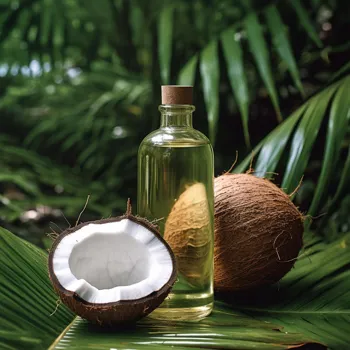
Coconut oil is rich in saturated fats, particularly medium-chain triglycerides (MCTs), which are believed to be easily digested and metabolized by the body. It has a high smoke point, making it suitable for stir-fries, curries, and baking.
While regular coconut oil is good for cooking deep fried dishes Virgin coconut oil is also great for your hair and skin. This is used in order to give a shine to your hair as well as provide you with a glowing skin.
Sunflower oil: versatile, heart-healthy choice for Indian cooking
Sunflower oil, a light and neutral-tasting oil, is a popular choice for everyday cooking in many Indian households. Extracted from sunflower seeds, it’s rich in vitamin E and linoleic acid, an essential fatty acid. Its high smoke point makes it ideal for frying, sautéing, and baking.

Sunflower oil is known for its versatility and affordability; it doesn’t impart any strong flavour to the dishes, allowing the natural tastes of the ingredients to shine. It is often used for preparing vegetable curries, rice dishes, and snacks.
Sunflower oil is also known to keep the heart healthy. This is because its low in saturated fats & high in unsaturated fats. These aspects make it a healthier option compared to certain alternatives.
Rice bran oil: healthy, versatile cooking oil with high smoke point and antioxidants
Rice bran oil, extracted from the outer layer of rice grains, is gaining popularity as a healthy and versatile cooking oil in India. It has a mild flavour and a high smoke point, making it suitable for various cooking methods, including frying, sautéing, and stir-frying.
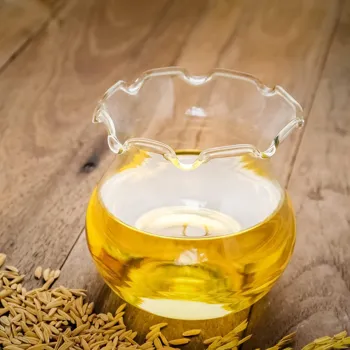
Rice bran oil is rich in antioxidants, particularly oryzanol, which is believed to have cholesterol-lowering and anti-inflammatory properties. Its neutral flavour makes it a good choice for baking and salad dressings.
The oil has many benefits and some are controlling cholesterol, improving immunity and supporting heart health. The oil is also light in texture and hence the food absorbs less oil when cooked using it.
AI Generated Content. Glance/InMobi shall have no liability for the content
